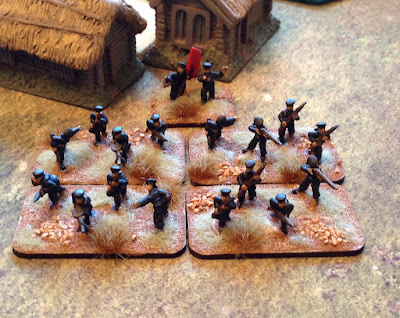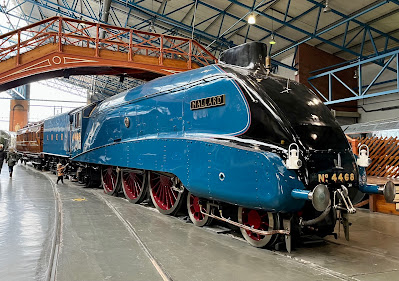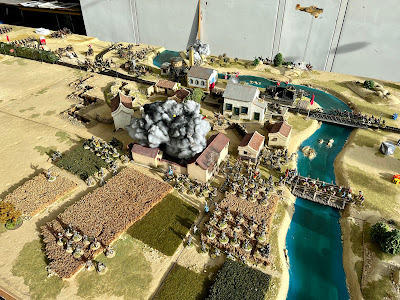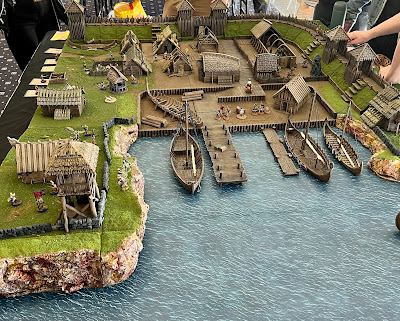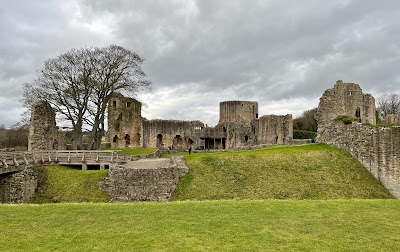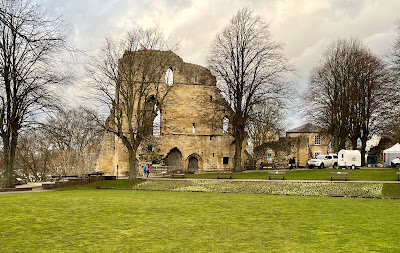My bedtime reading remains in the Adriatic of the Napoleonic Wars. The latest is from Dewey Lambdin, an author I had never heard of, whose hero, Alan Lewrie, sails into the Adriatic in this book in what looks like a long-running historical fiction series.
This adventure is set in an earlier Royal Navy excursion into the Adriatic during 1796. Napoleon has taken command of the Army of Italy and is about to storm across northern Italy. Admiral Sir John Jervis did send a squadron of six frigates into the Adriatic in early 1796 under Captain Taylor. However, that squadron is reduced to four ships in this story, including our hero on HMS Jester.
They are sent to fly the flag and intercept French shipping. They use Trieste as a base, the Austrian naval headquarters, and the author reasonably describes the appalling state of the Austrian navy of the period. They also regularly visit Venice, a sad shadow of its former greatness. The same applies to their bases in the Adriatic, with threadbare garrisons and rusting cannons.
The history is soundly based, although you may want to pass over the author's rather bizarre historical rant about the Balkans generally after this period. The point of which is unclear. In addition, I doubt this book will sell well in Montenegro, as the author believes it 'was almost totally Muslim'. This would have shocked the staunchly Orthodox Montenegrins, ruled by a Prince-Bishop!
Putting these issues to one side, the story is well told. The squadron sails up and down the coastline, taking French prizes and interdicting their supply lines. There is a subplot when they recruit Serbian pirates to unofficially join them, capturing a Brig for their use. This ends poorly but introduces a few colourful characters and plenty of Serbian folklore.
I am not a fan of Napoleonic naval authors who feel the need to describe the fine detail of sailing a warship of the period. It's very tedious when we want to get into the action. Lambdin gets the balance right on this point, although he does somewhat drag out the port visits. The finer points of Austrian cuisine can be left to period cookbooks.
Overall, a good read if you are into this genre.
 |
| Some of my 1/700th ships of the period. |


















